There’s no doubt we adore our dogs, but is it possible to overdo it?
Simon Chapman, a dog trainer from Glenrothes who runs K9 Manhunt & Scentwork Scotland, believes excessive pampering leads to behavioural issues.
“Dogs are dogs. They are not babies. They are not humans,” Simon asserts. Many problems stem from treating them as constant companions without boundaries.
His comments come as we looked at the burgeoning pooch pampering industry on and around Valentine’s Day.
“Then when they’re left alone, they get upset and chew up the house. That’s not them misbehaving – it’s because they don’t understand what’s happening.”
Simon stresses the importance of structure. “You need to dial down the love and up the leadership.
“If they have no boundaries at home, they won’t have any outside. And the outside world has more hazards.”
He also criticises trends that humanise dogs, such as dressing them up or wheeling them in suitcases.
“A hundred years ago, all dogs were working dogs. There were no designer breeds, and there weren’t as many issues as now.”
Simon Chapman: Respect them as dogs
Simon says he’s seen dogs arrive for training with nail varnish on – a sign of humanisation that can lead to anxiety for the dog.
Simon acknowledges that people are lonelier than ever and turn to their dogs for comfort but warns against using them as emotional crutches.
“Dumping all your emotional garbage on a dog that already has problems is going to have a bad outcome,” he says.
His own dogs helped him through a relationship breakdown and the loss of his wife. “They kept me going.”
Despite this, Simon maintains that balance is key. “A cuddle with a dog is just perfect when you really need it. That love is so special. But we need to stop humanising them.
“It’s great to love them, but you have to also show leadership,” he says.
“I have six dogs, and I love them dearly. They’ve got me through some tough times, but they need discipline.
“My dogs are very high energy, and if I take my finger off the pulse, there would be trouble.
“We need to respect them as dogs, as the apex predators that they are – for their happiness.”
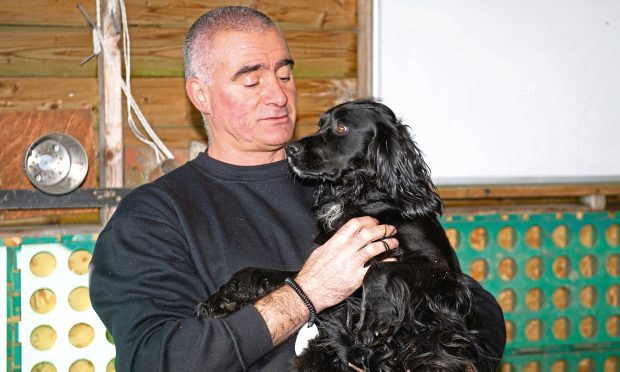
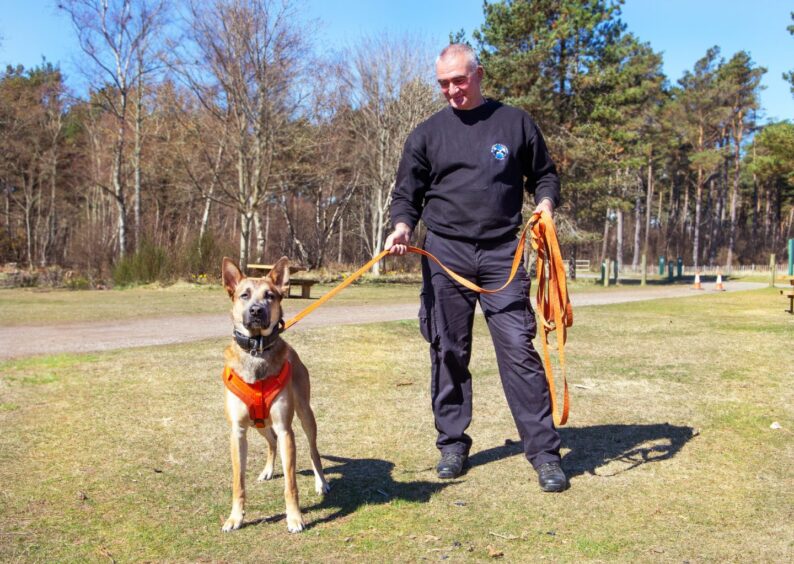
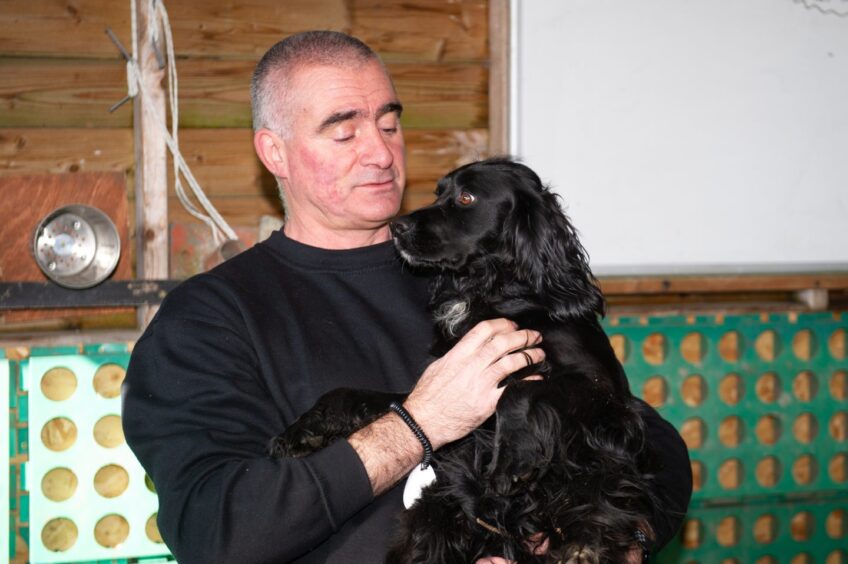
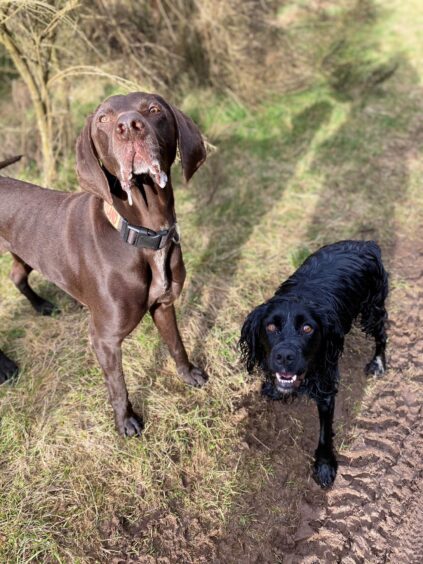
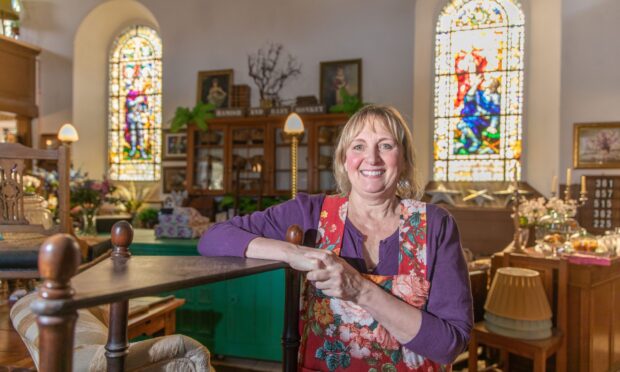
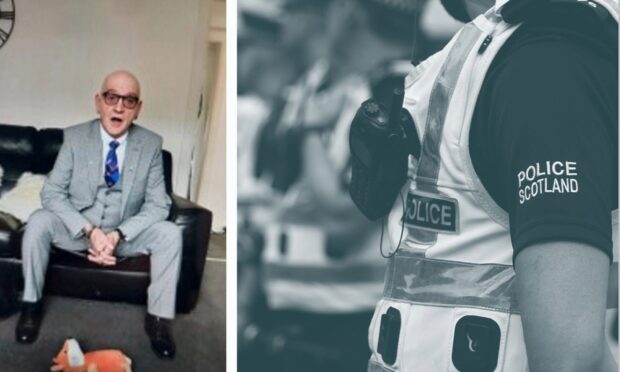

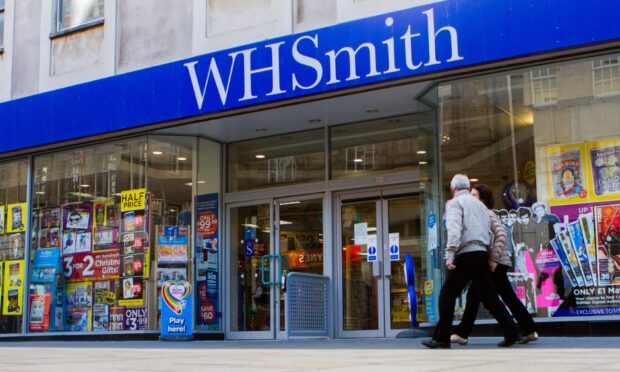
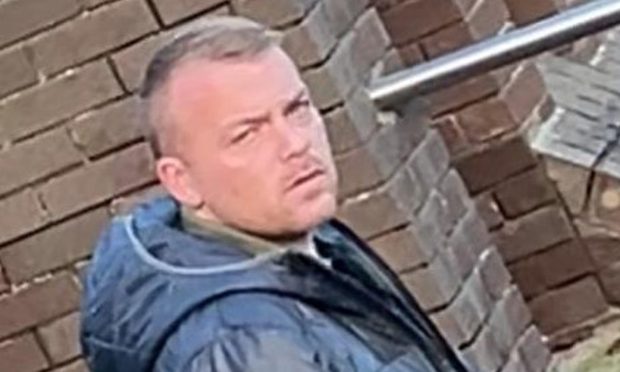
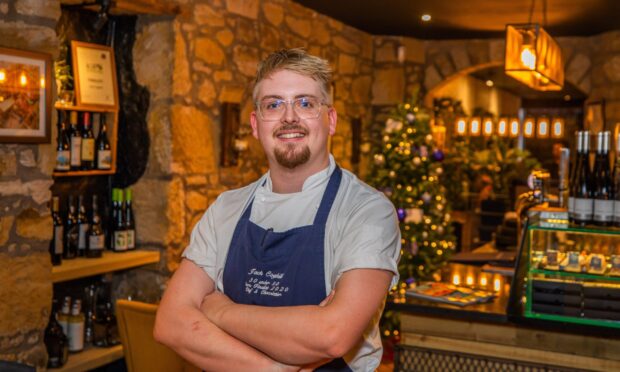

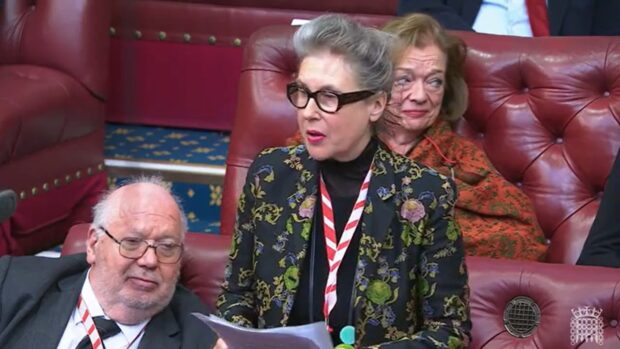
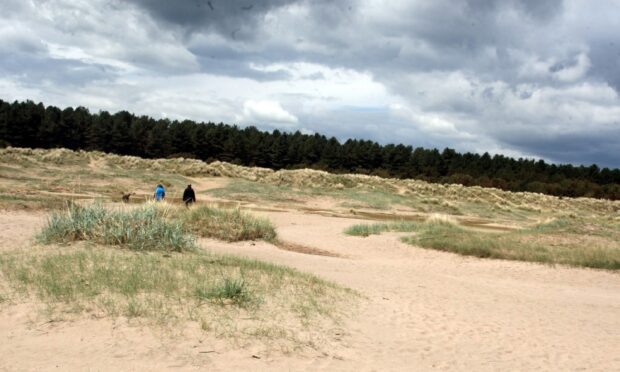

Conversation